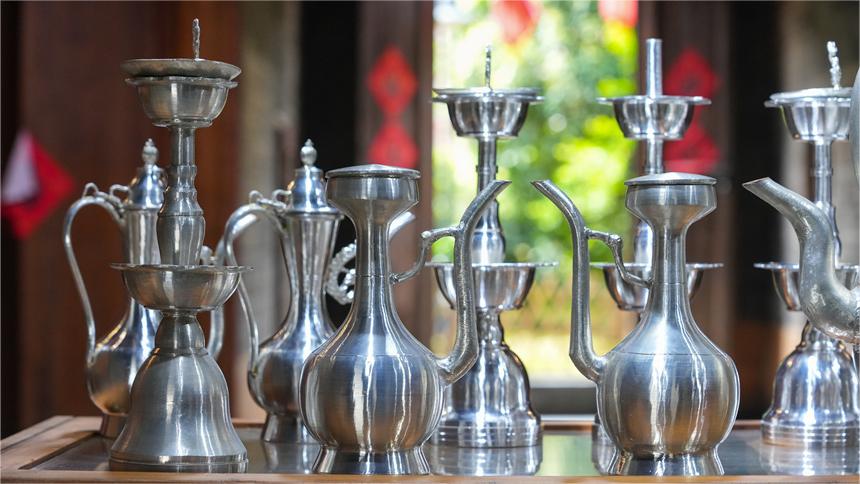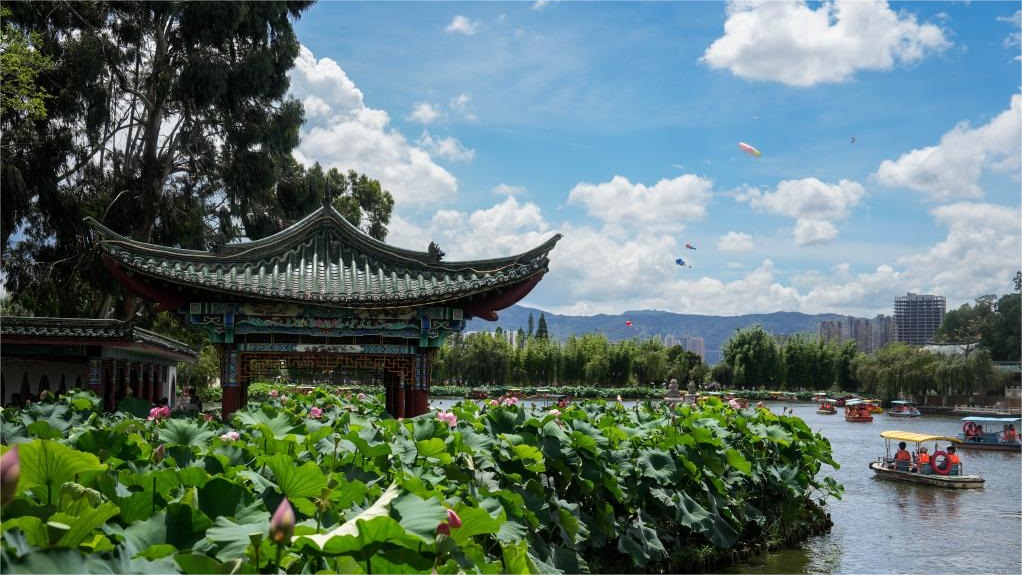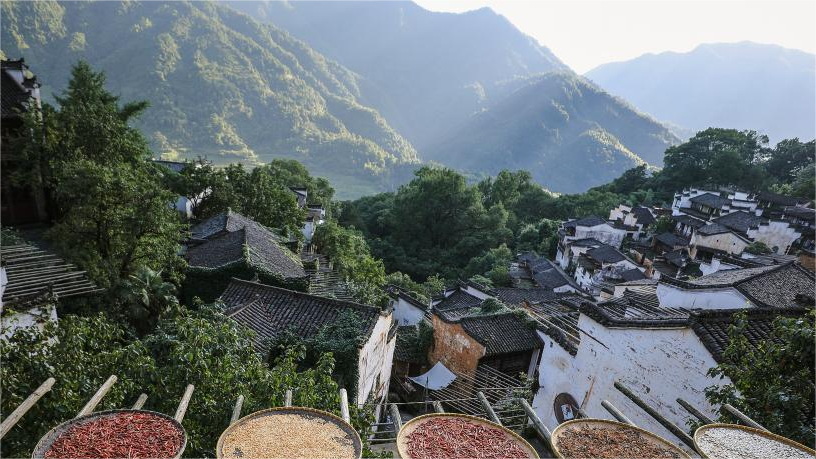Items related to ancient Great Wall guards unearthed in Beijing
BEIJING, July 10 (Xinhua) -- A wide array of findings, including stone landmines, imported firearms and food remnants, associated with the life of Great Wall guards in the Ming Dynasty (1368-1644), have been discovered in a Great Wall archaeological program.
The archaeological work on the Jiankou section of the Great Wall in Huairou District, northern Beijing, commenced in April as part of the fifth phase of the repair project, set for completion in 2025.
Since April, archaeological excavations on the No. 121 and No. 120 towers of the Great Wall have unearthed over 100 items, including weapons and daily necessities used by the Great Wall guards, according to Shang Heng, a researcher at the Beijing Institute of Archaeology who is in charge of the repair work in Jiankou.
The Jiankou section is considered one of the most dangerous parts of the Great Wall and called by mountain hikers "the wild Great Wall."
"Finding stone landmines on the Great Wall has been relatively common, but this time we also discovered an advanced firearm from the Ming Dynasty, which was introduced to China from Europe," Shang said, adding that they have unearthed the so-called Folangji or Frankish machines, which are small cannons.
Based on the findings, archaeologists believe that the towers were guarded by fairly high-ranking officers, who were expected to use these advanced firearms.
Carbonized food remnants have also been unearthed, believed to be from outdoor barbecue-style cooking by the ancient garrison soldiers guarding the Great Wall, according to the archaeologists.
"Soil samples containing the food remnants have been sent for archaeobotanical research, which can later help analyze the ancient 'recipes' of the Great Wall guards," Shang said.
The fifth phase of the Jiankou Great Wall repair project covers six defense towers, from No. 117 to No. 122. The total length of this section of the Great Wall is 916 meters.
Beijing has pioneered Great Wall archaeological research, which precedes the repair work. According to Shang, the Jiankou section and the Dazhuangke section in Yanqing District have been selected as pilot projects to promote research-oriented restoration and protection of the Great Wall.
This approach aims to create a new path for the protection of the Great Wall through archaeological excavations, multidisciplinary research and digital recording. "The archaeological work can provide more scientific and systemic support for the Great Wall repair and protection plan," Shang explained.
The Great Wall is China's largest-scale cultural heritage site, with walls scattered across 15 provincial-level regions, some sections dating back 2,000 years.
In Beijing, a comprehensive system has been established that includes archaeological excavation, emergency reinforcement, preventive measures and regular repair of the Great Wall.
Digital recording and management of the entire protection and renovation project, using unmanned aerial vehicle (UAV) photogrammetry and panoramic photography technologies, has been implemented across all stages from archaeology and investigation to design and reconstruction.
Photos
Related Stories
- In pics: Archaeological Ruins of Liangzhu City park in Hangzhou, E China
- Researchers unveil how ancient Denisovans survived on Qinghai-Xizang Plateau
- Well-preserved murals found in millennia-old Chinese tomb
- Visiting archaeological sites becomes new cultural tourism trend in China
- Ancient temple excavation gains progress by joint Egyptian-Chinese archaeological mission
Copyright © 2024 People's Daily Online. All Rights Reserved.









